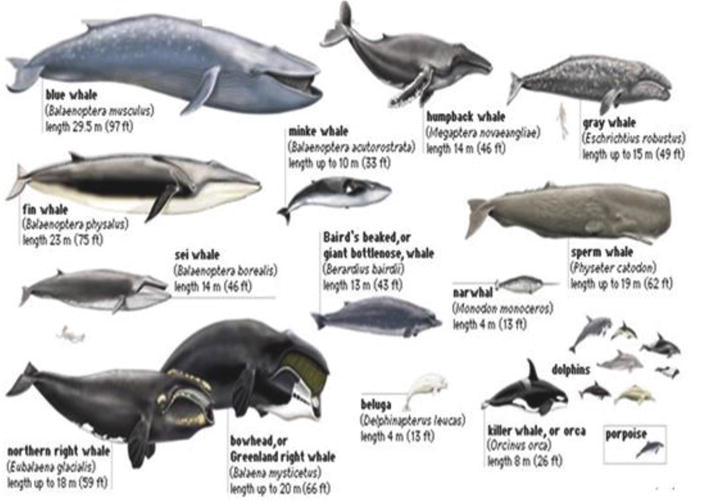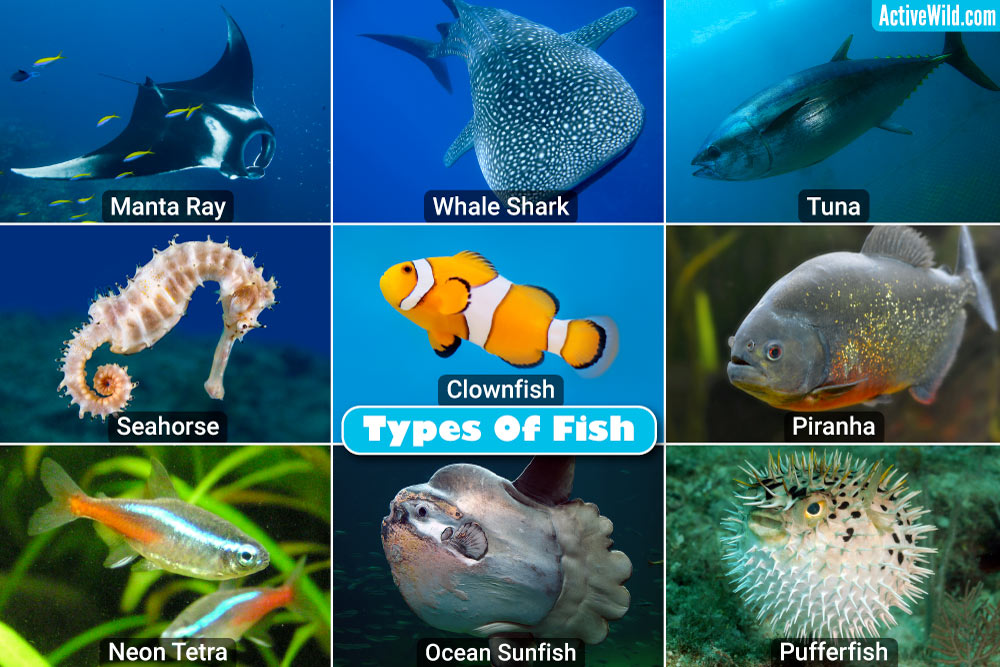Exploring Shark Species: A Comprehensive Guide
Exploring Shark Species: A Comprehensive Guide ===
Sharks have long captivated the imagination of humans with their majestic presence and fearsome reputation. As one of the oldest species in existence, sharks have evolved over millions of years to become highly adapted predators. In this comprehensive guide, we will delve into the fascinating world of shark species, exploring their anatomy, diversity, habitat, feeding habits, reproduction, behavior, and much more. We will also address common misconceptions about shark attacks and highlight famous shark species in popular culture. Additionally, we will provide valuable tips for safely observing and diving with sharks.
Introduction to Shark Species
Sharks belong to the class Chondrichthyes, which includes cartilaginous fish. They are characterized by their streamlined bodies, paired fins, and multiple rows of sharp teeth. With over 500 known species, sharks exhibit a remarkable diversity in size, shape, and behavior. From the massive whale shark, reaching lengths of up to 40 feet, to the dwarf lanternshark, measuring a mere six inches, sharks encompass an astonishing array of forms.
Anatomy and Physical Characteristics
The anatomy of sharks is designed for efficiency and predatory prowess. Their skeletons are composed of cartilage, providing flexibility and reducing weight. Sharks possess multiple rows of teeth, with some species capable of replacing lost teeth throughout their lifetime. Their streamlined bodies, paired with powerful tails, allow for swift and agile movements underwater. Additionally, sharks have an exceptional sense of smell, aided by specialized sensory organs called ampullae of Lorenzini, which detect electrical fields produced by their prey.
Diversity in Shark Species
Sharks can be broadly classified into eight main groups, including the well-known great white shark, hammerhead sharks, and the more elusive deep-sea sharks. Within each group, there are numerous species that exhibit unique adaptations to their respective environments. For instance, the basking shark possesses a sieve-like structure in its mouth, enabling it to filter-feed on plankton, while the tiger shark is known for its voracious appetite and ability to consume almost anything.
Habitat and Distribution
Sharks inhabit all of the world’s oceans, from the frigid waters of the Arctic to the coral-rich reefs of the tropics. They can be found at various depths, ranging from the surface to the abyssal zones. Some species, such as the great white shark, are known for their long-distance migrations, while others, like the Greenland shark, are more sedentary. Sharks are highly adaptable creatures, capable of thriving in a wide range of marine ecosystems.
Feeding Habits and Prey
Sharks are apex predators and play a crucial role in maintaining the balance of marine ecosystems. Their diet varies greatly depending on the species and habitat. While some sharks primarily feed on small fish and invertebrates, others have a more diverse diet, including seals, sea turtles, and even other sharks. Some species, like the nurse shark, are bottom-feeders, scavenging on mollusks and crustaceans.
Reproduction and Life Cycle
Shark reproduction is diverse, with some species laying eggs, known as oviparity, and others giving birth to live young, known as viviparity. Some species exhibit a combination of both reproductive strategies, known as ovoviviparity. Sharks have relatively long gestation periods, ranging from several months to over a year, depending on the species. They generally have few offspring, with some species giving birth to only one or two pups at a time.
Behavior and Social Structure
Sharks exhibit a wide range of behaviors, from solitary hunters to highly social species. Some sharks, like the hammerhead shark, form schools, while others, like the great white shark, are more solitary creatures. Sharks communicate through body language, posturing, and chemical signals. They are known for their curiosity and intelligence, displaying problem-solving abilities and complex social interactions.
Threats and Conservation Status
Despite their formidable reputation, sharks face numerous threats, primarily from human activities. Overfishing, habitat destruction, pollution, and climate change pose significant risks to their survival. Many shark species are currently listed as vulnerable, endangered, or critically endangered. Conservation efforts, ranging from implementing fishing regulations to creating marine protected areas, are essential for preserving these magnificent creatures and maintaining the health of our oceans.
Shark Attacks: Facts and Myths
Shark attacks have long been a subject of fascination and fear. However, it is important to recognize that these incidents are relatively rare. Sharks do not typically seek out humans as prey but may mistake them for their natural prey due to visual similarities. It is crucial to dispel the myth that all sharks are dangerous, as the vast majority of shark species are harmless to humans. Understanding shark behavior and following safe practices while swimming or diving in shark-inhabited waters can greatly reduce the risk of encountering a shark attack.
Exploring Shark Species: A Comprehensive Guide ===
From their diverse anatomy to their vital role in marine ecosystems, sharks are truly remarkable creatures. By increasing our understanding and appreciation of sharks, we can work towards their conservation and the preservation of our planet’s oceans. Whether you are an avid diver, a marine biologist, or simply a shark enthusiast, may this comprehensive guide serve as a gateway to exploring the fascinating world of shark species and inspire a greater sense of awe and respect for these ancient creatures.



